The masked women of southern Iran
-
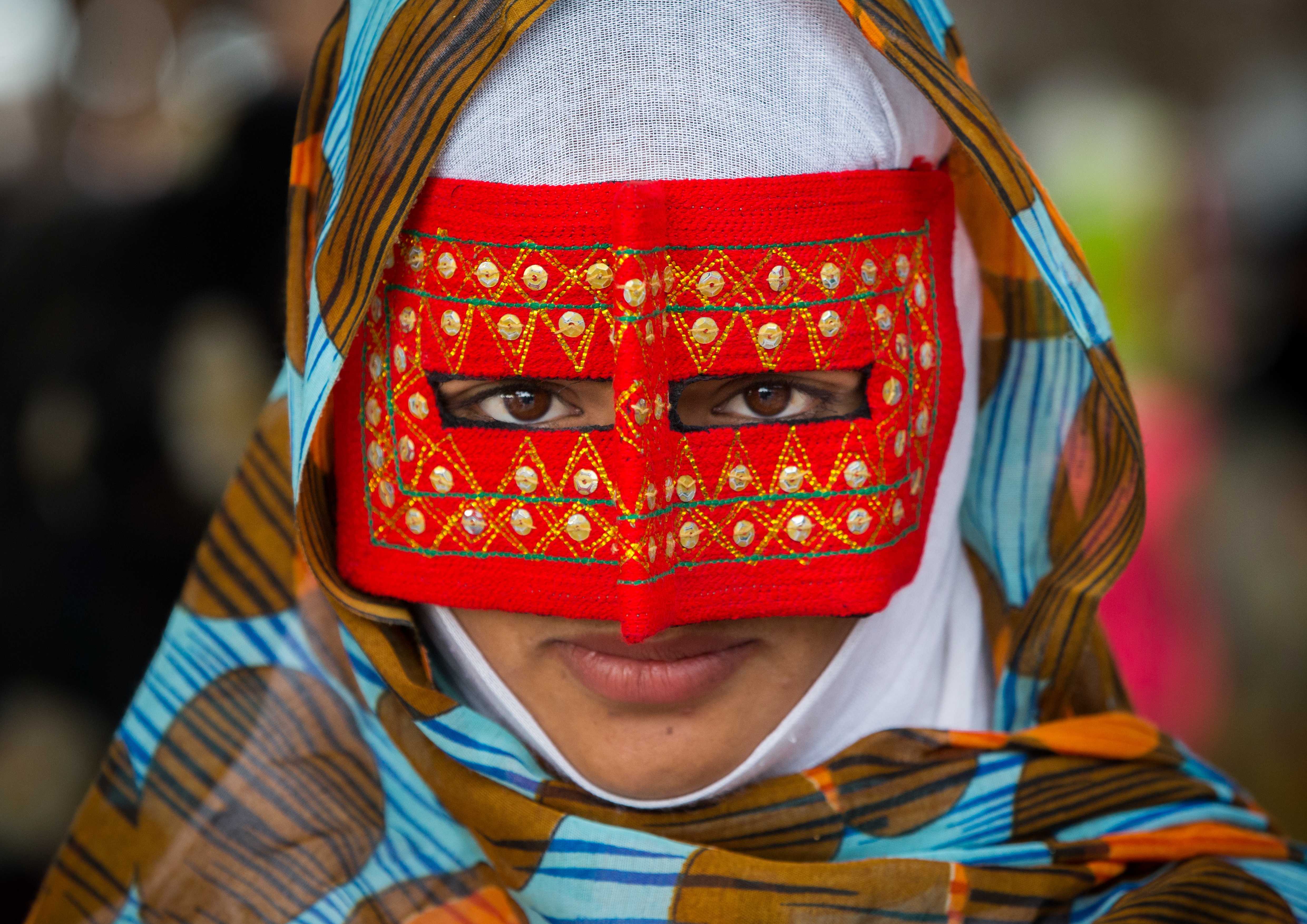
-
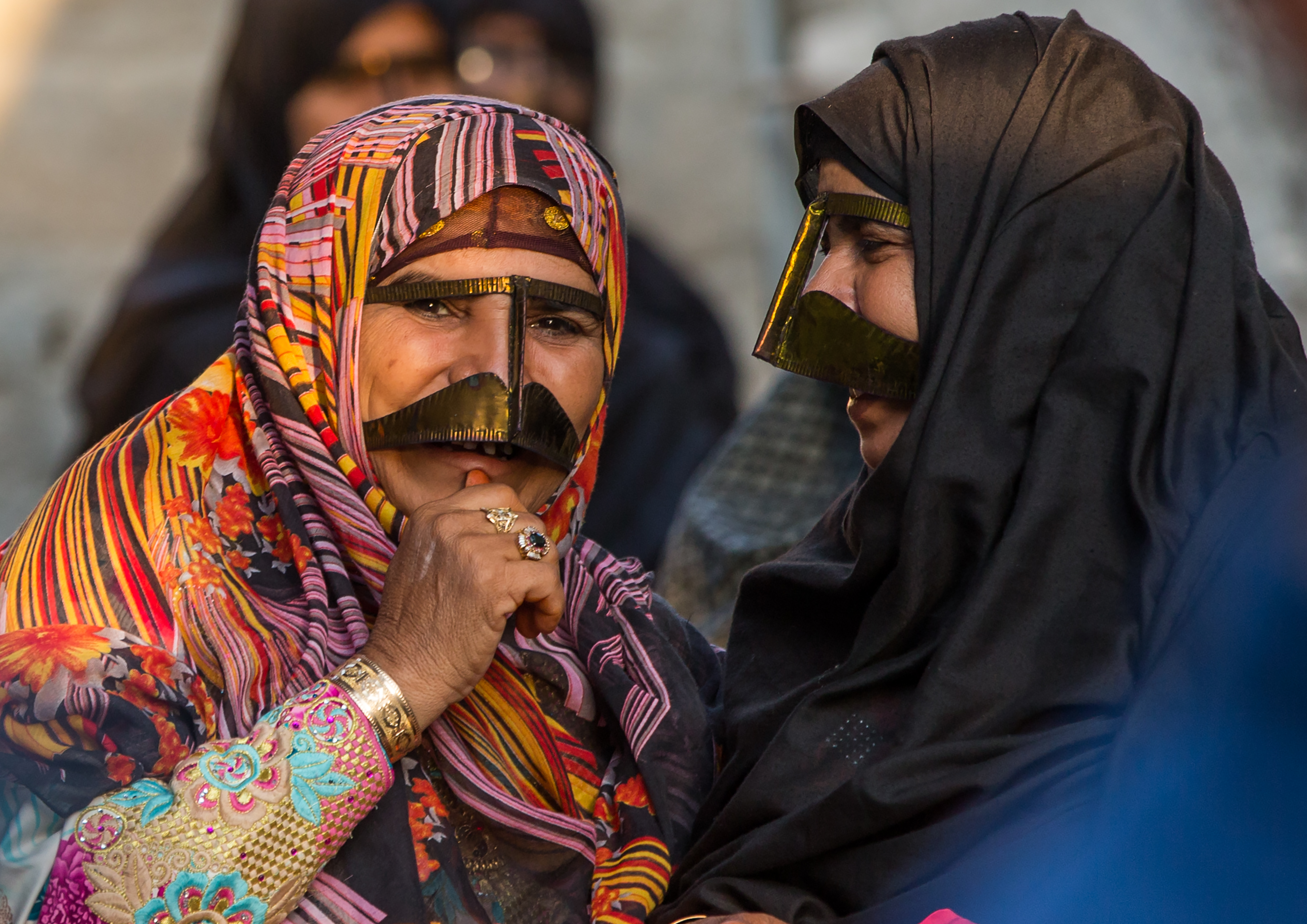
Mask-wearing on Qeshm Island is rapidly dying out among the young. Yet their grandmothers maintain the tradition, wearing masks that cover much of their faces. "It's to hide our wrinkles; we′ re not pretty to look at" -

In the village of Peyposht, most women have swapped the boregheh for the niqab. "Masks are disappearing: women are buying veils because it is cheaper. In 5 years there will be no more boreghehs here" -

Ameneh is one of three Sunni seamstresses who make masks in the village. While her husband was away at sea, sailing from port to port – Muscat, Mukala , Mogadishu, Berbera, Zanzibar, Lamu – she learned to sew boreghehs -

Her hands are covered in indigo. Locals believe that the blue pigments used in mask-making soften and protect the skin -

This husband has a very definite opinion about the mask: ″I prefer my wife with the mask, it is more beautiful... and it is what our religion demands.″ The men associate the masks with religion, while the women associate them with modesty -
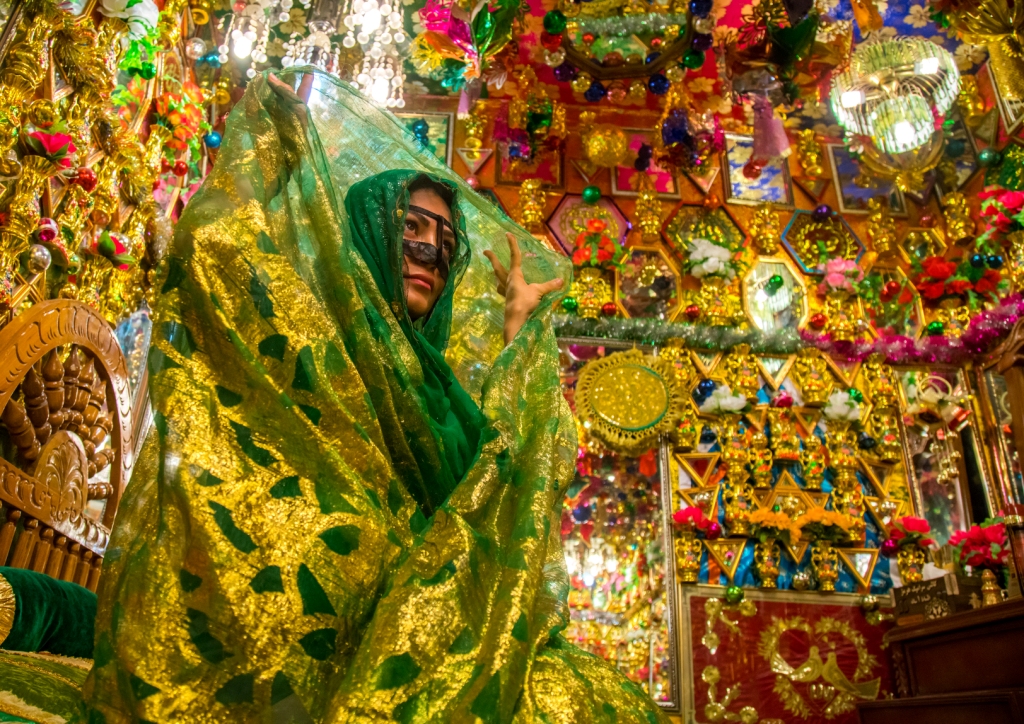
Brides wear the boregheh to enter the wedding chamber known as the ″hejleh″, a place sumptuously decorated with mirrors, garlands, Christmas' baubles, plastic flowers, colourful cushions and verses from the Koran. The newlyweds remain cloistered in this windowless room for seven days – it′s an opportunity to discover each other for the first time. Arranged marriages are still common -
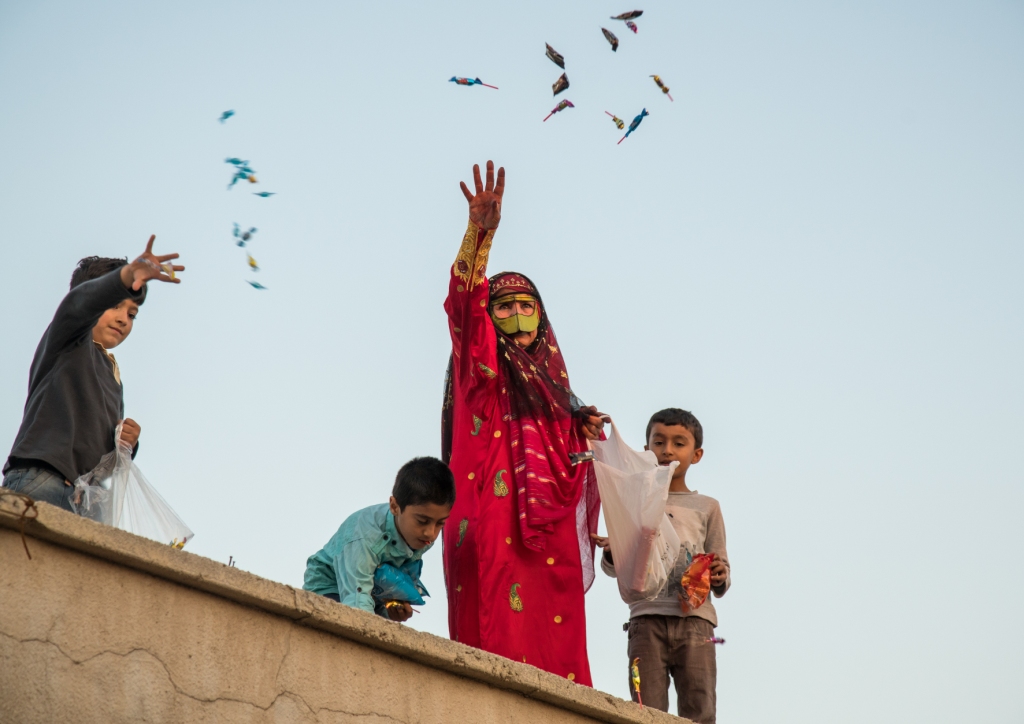
A masked woman climbs on the roof of the groom′s house during a wedding in Kushkenar and throws sweets to the children below -
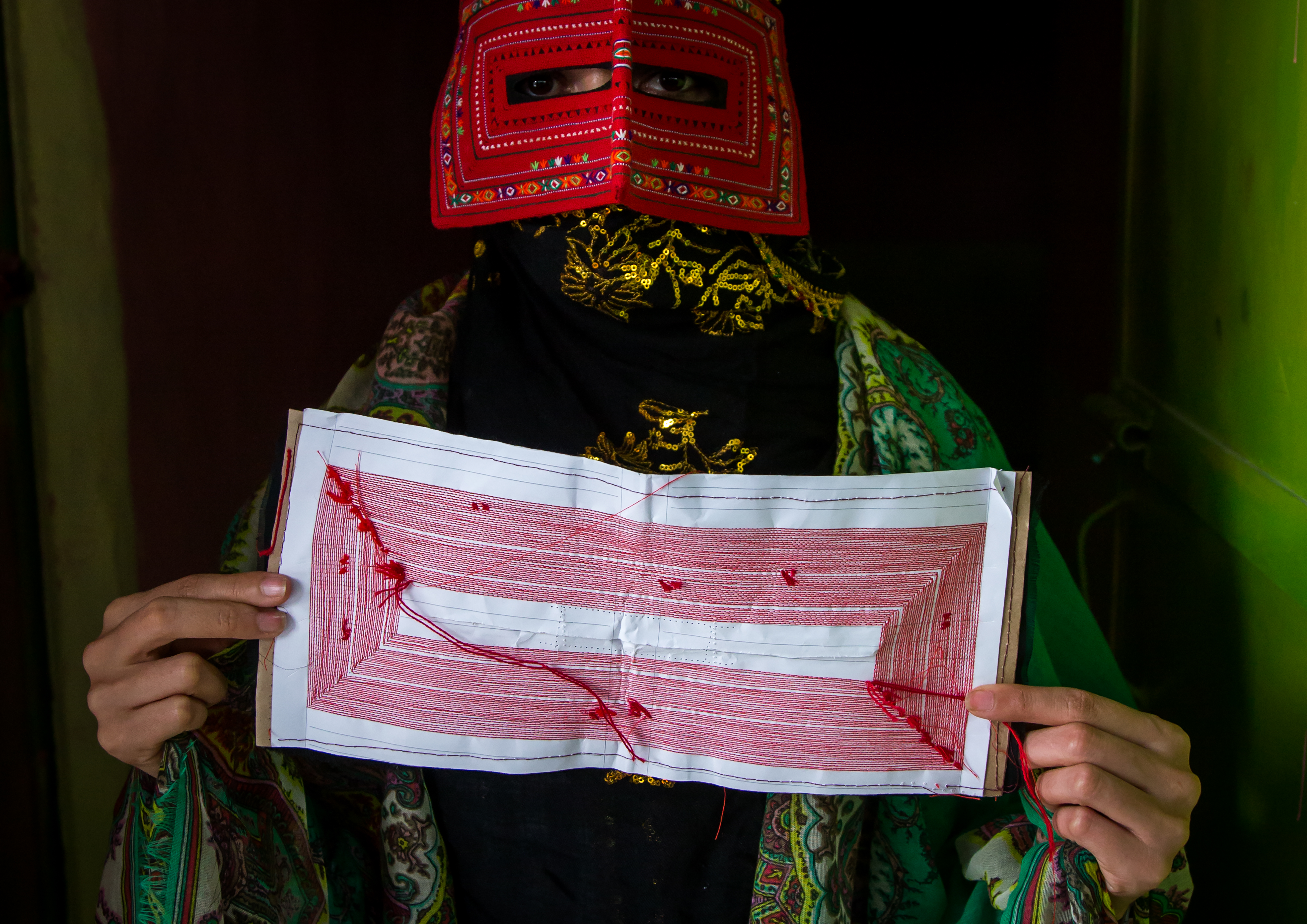
As the masks are always made to measure, seamstresses keep the bosses of their regular customers: the two holes must fit perfectly in front of the eyes if vision is not to be impaired. The forehead and nose are covered, the mouth often hidden by the addition of a veil -
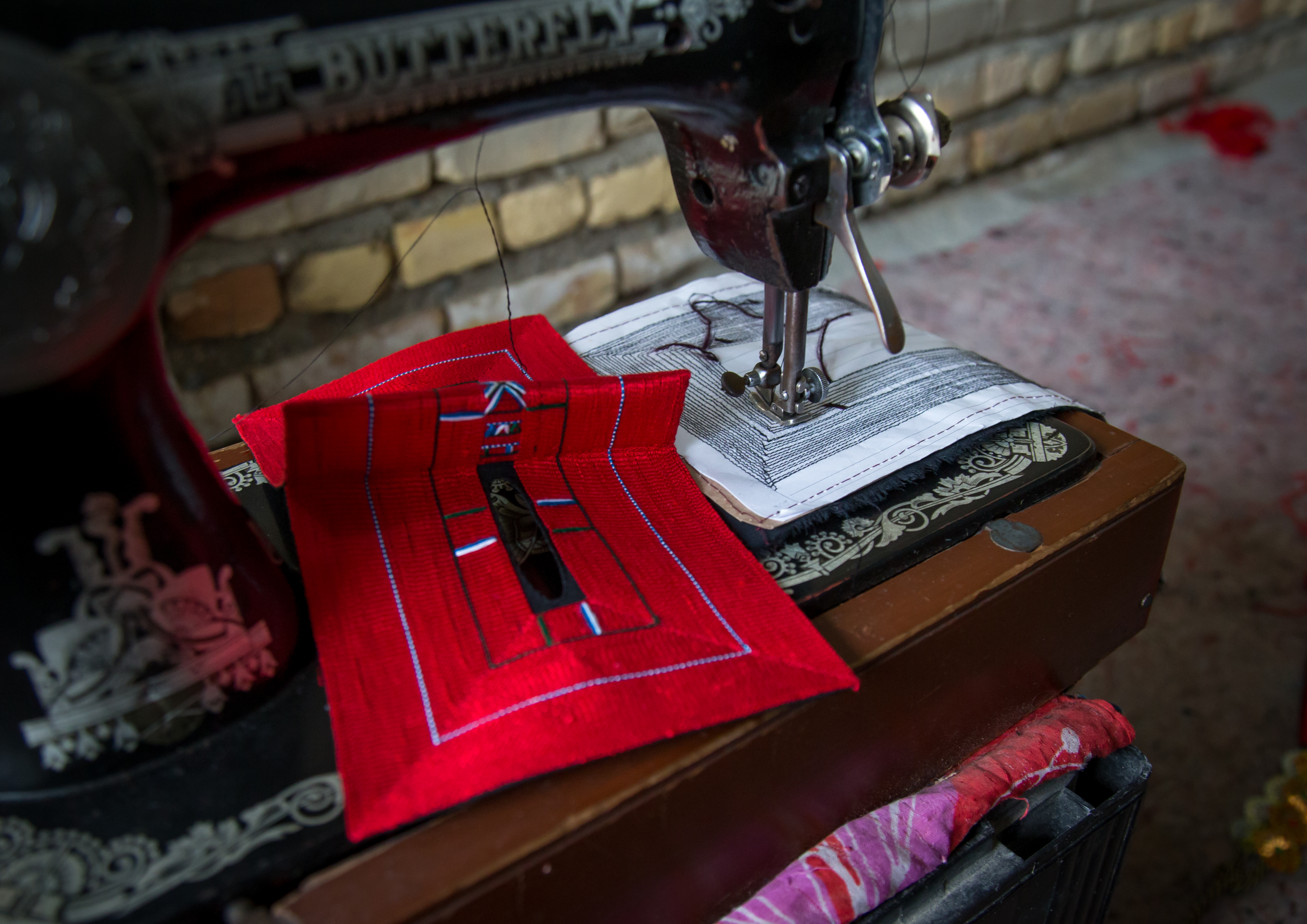
For centuries the masks were embroidered by hand, now, sewing machines have taken over -
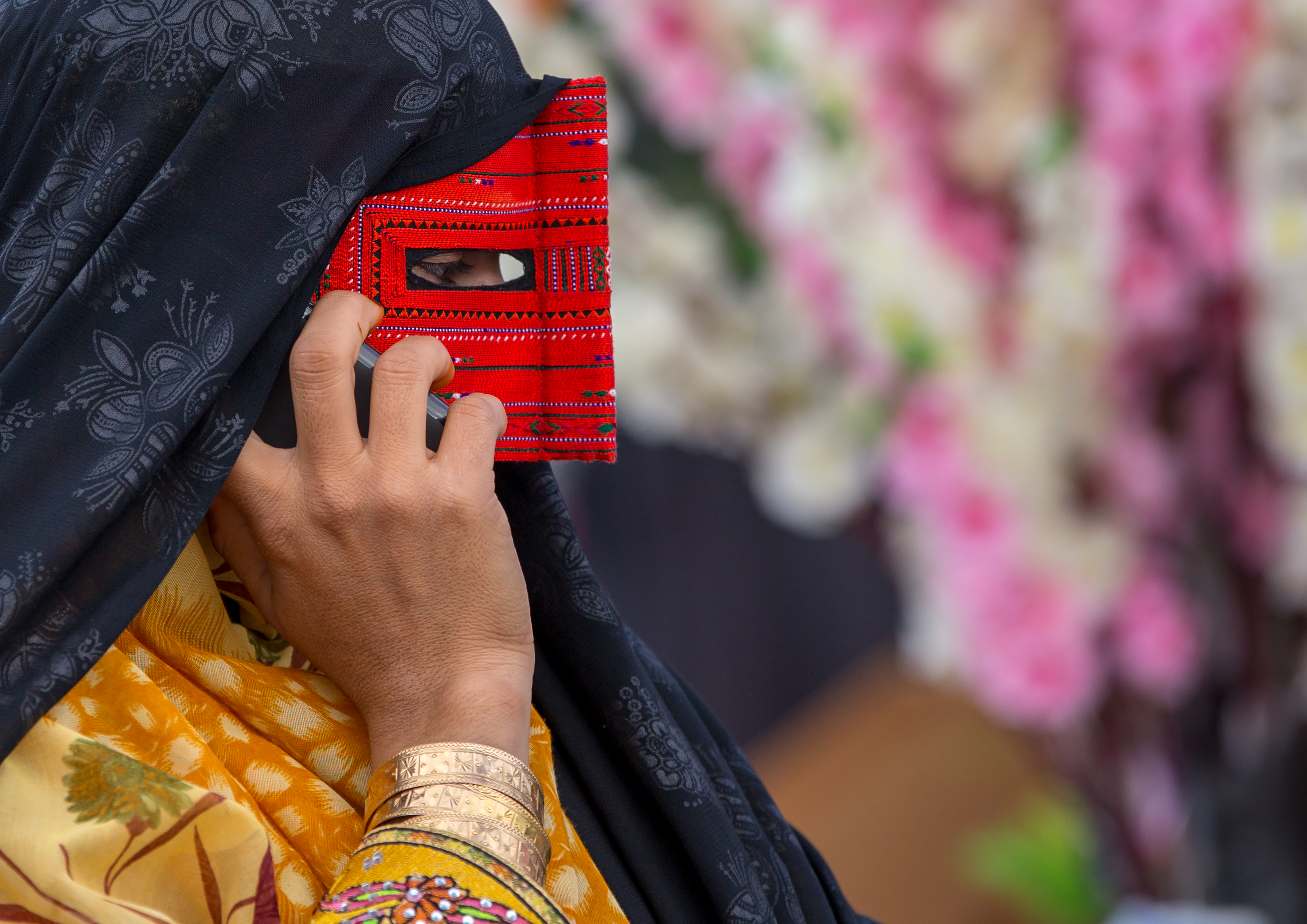
Although the masks make them look like women from another century, Bandaris are well acquainted with Instagram and Viber, neither of which is censored in Iran -
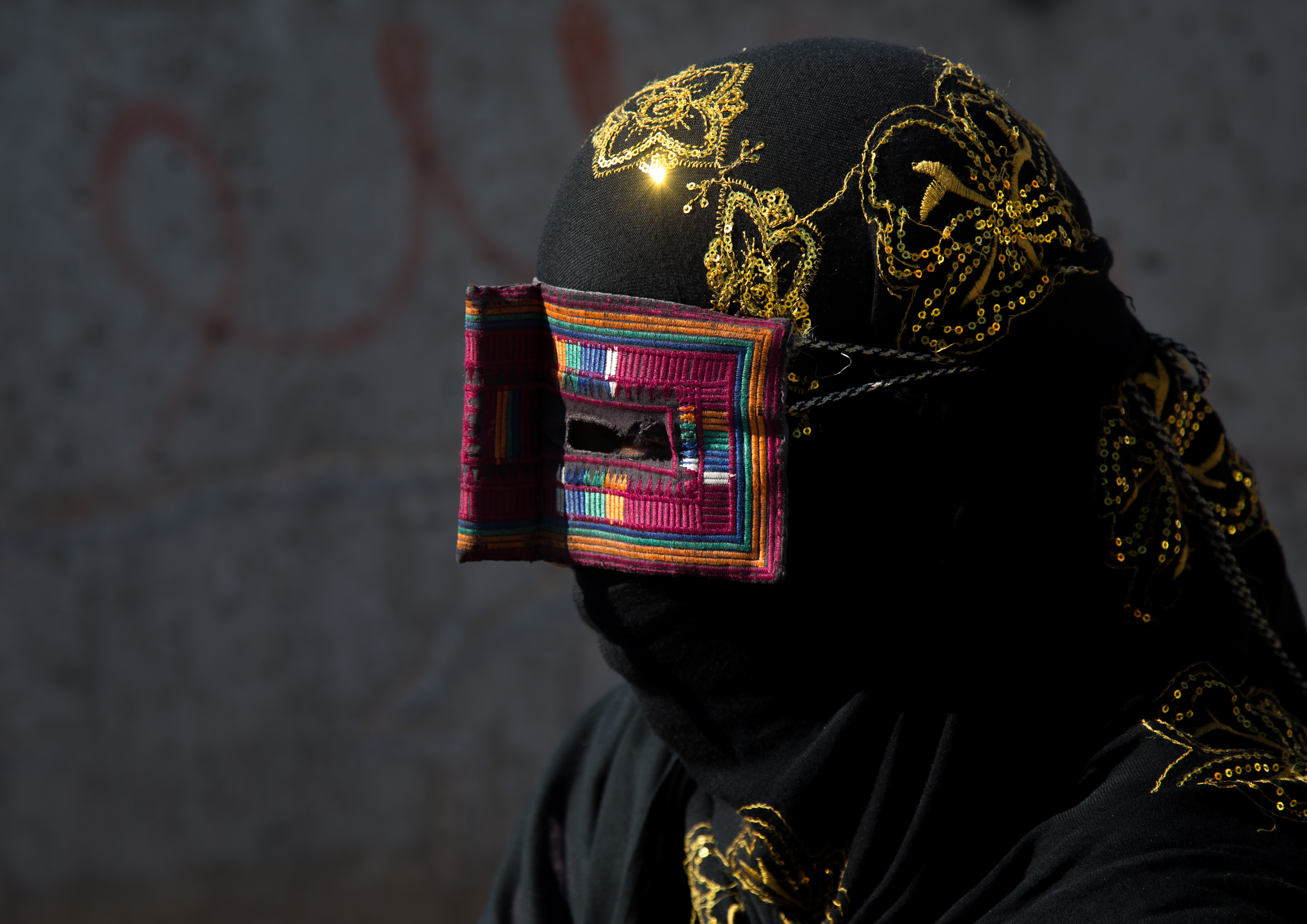
In the Bandar Abbas region, black masks are worn by girls from the age of 9. The orange mask is for the fiancee, the red mask is worn by married women. The price varies depending on the colour: orange is expensive, black cheap -
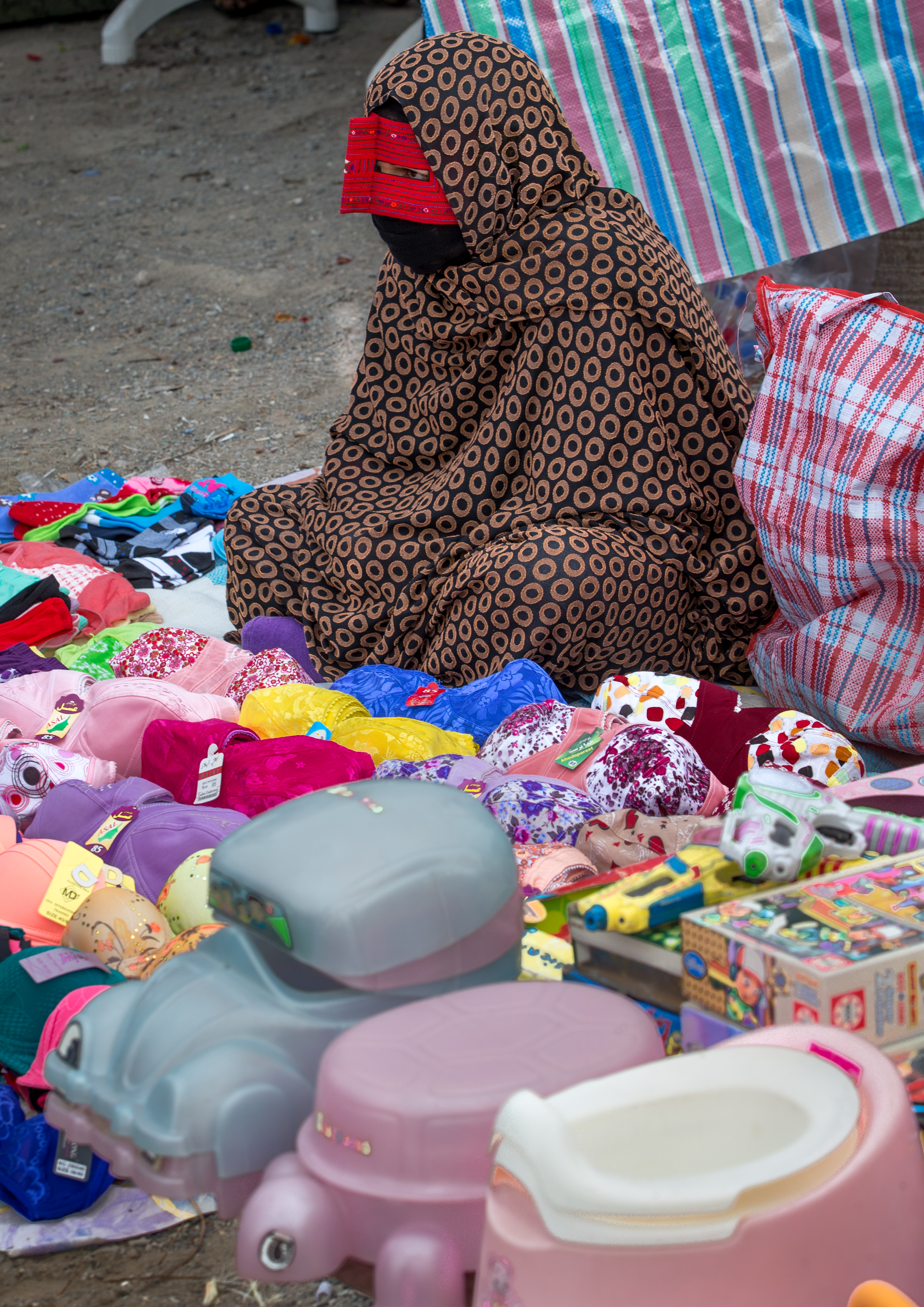
On the Panjshambe bazaar in Minab, masked women can be found selling multicoloured bras – in marked contrast to the modesty of their own attire -
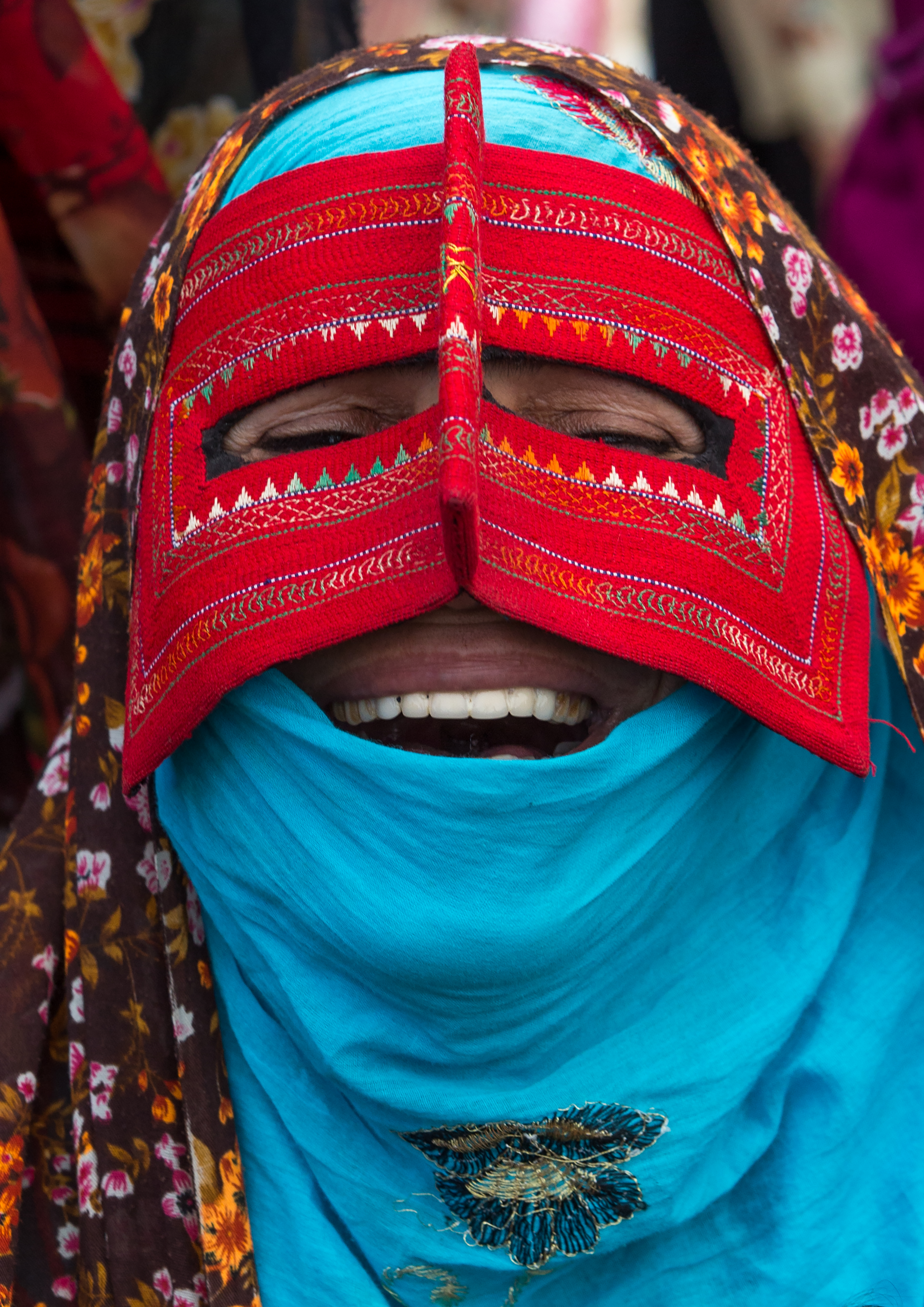
″Don′t take my picture; I don′t want to be famous!″ says this woman in a bright red boregheh. It is the custom in the region to ask permission before taking pictures – regardless of whether the subject is a man or a woman. Stealing an image is considered an insult -
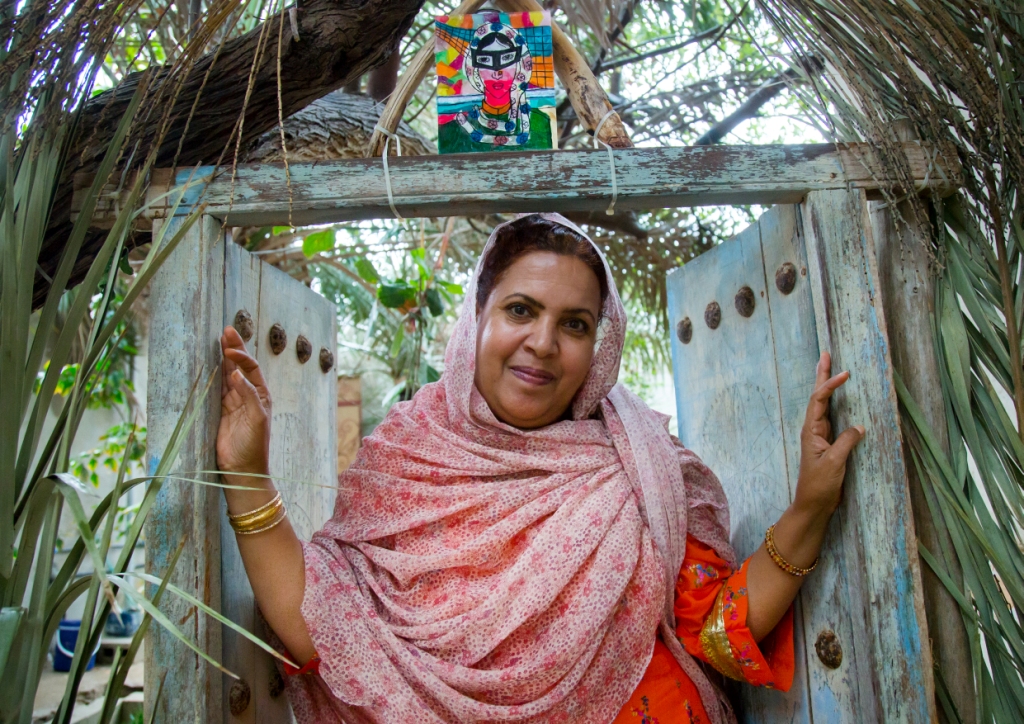
Originally from Qeshm, Zinat studied medicine on the mainland. Returning home, she found her perception of life as a woman had changed. She decided not to wear the mask. As a result, she was ostracised from the community for 10 years -
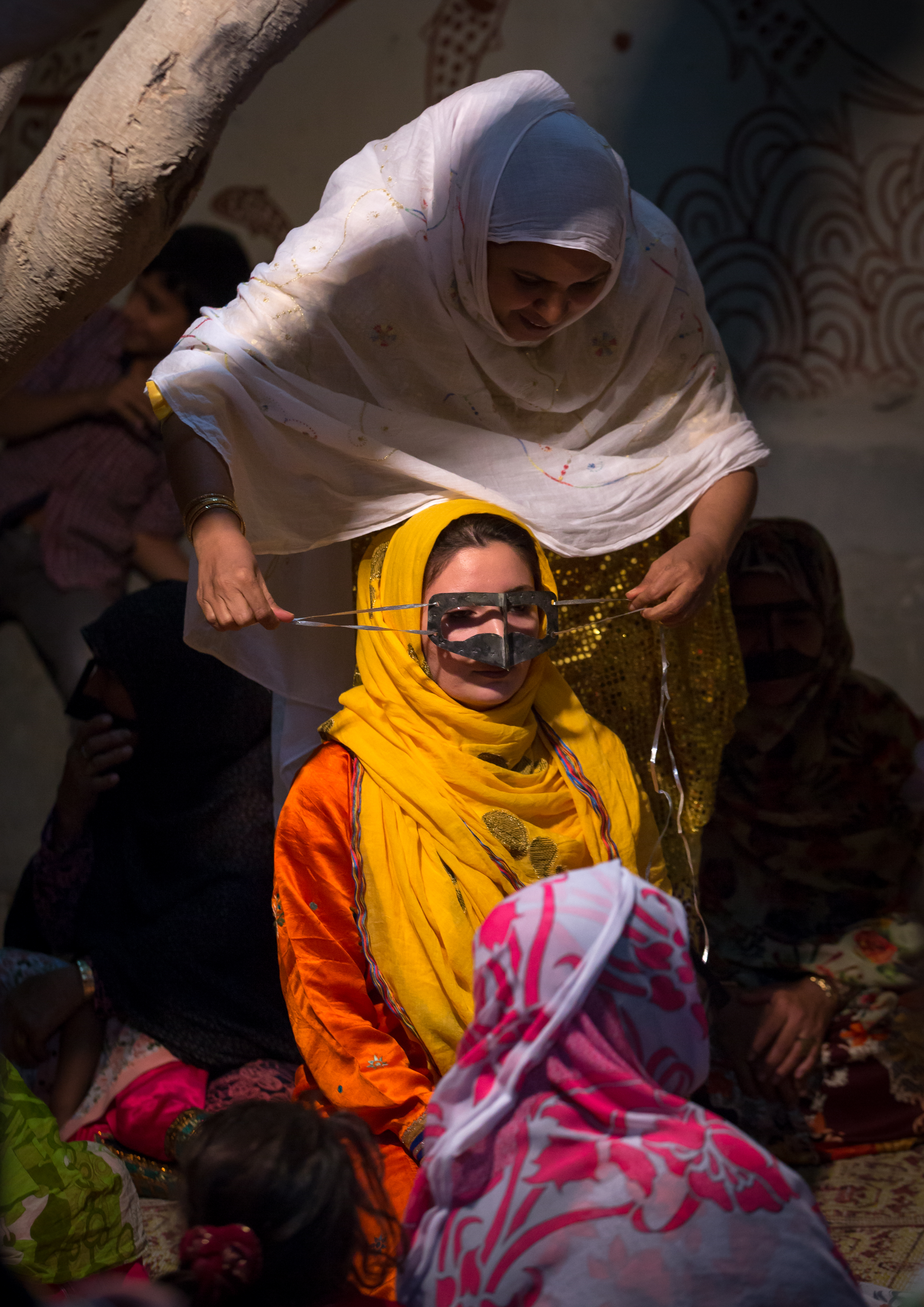
During an art performance, Zinat ties an iron mask on a girl, representing the oppression she herself suffered when she was young and forced to wear the mask in her village. Zinat is aware that things are not moving as quickly as it might seem: in a society rooted in its traditions and its silence, many children born out of wedlock are still killed at birth. Zinat is now fighting to stop this barbaric custom
https://qantara.de./en/node/31504
Link
To all image galleries
